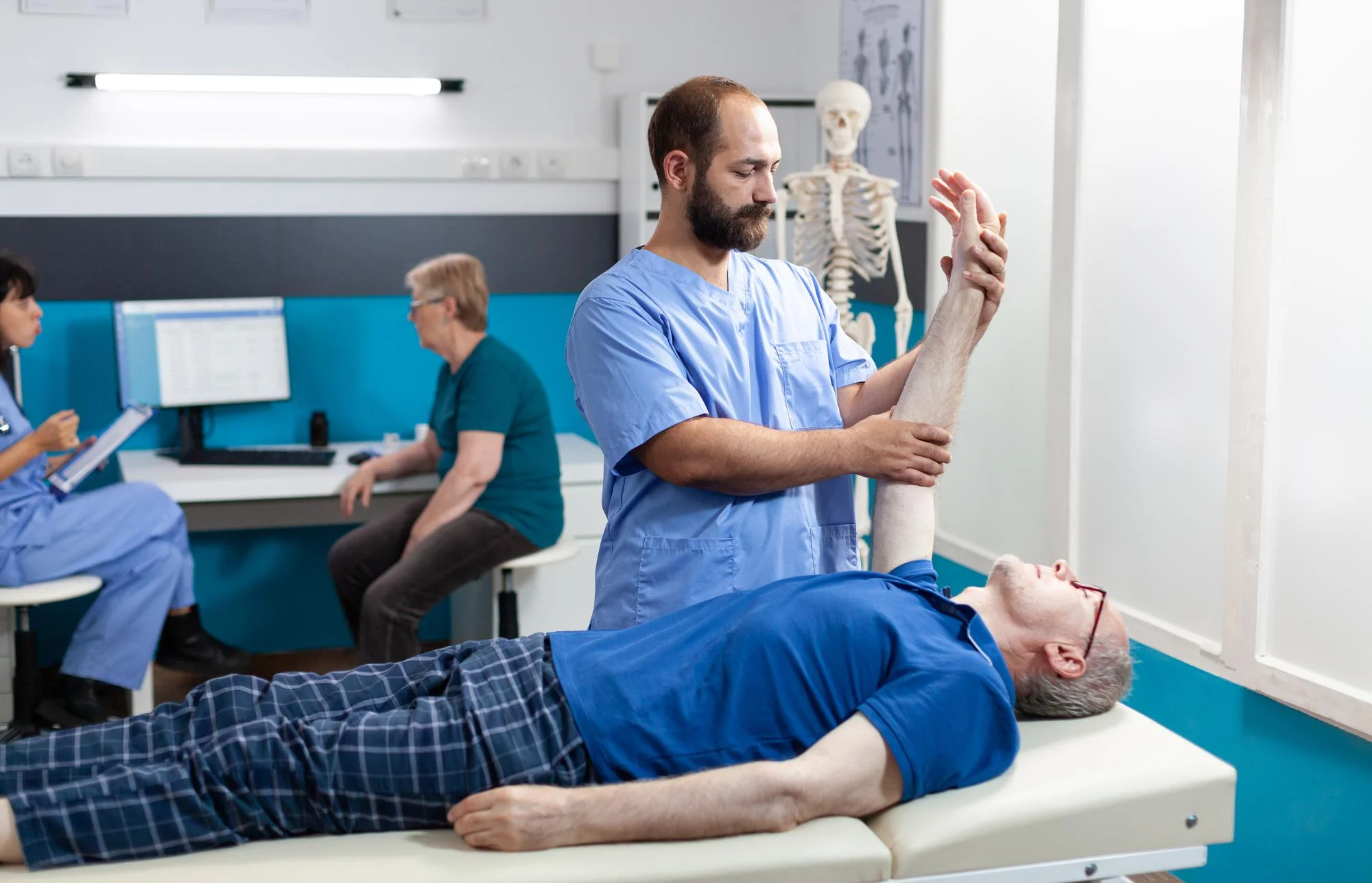Recent advancements in the medical field are always a cause for recognition, especially when they directly enhance patient care. In a remarkable case that deserves such attention, the Journal of Clinical Orthopaedics and Trauma detailed an innovative approach to overcoming a potentially severe complication during an orthopedic procedure. A flexible reamer, employed traditionally in long bone nailing surgeries, snapped and became trapped within the femoral canal mid-operation. The surgical team, rather than being stymied, resourcefully leveraged a jumbo cutter for its removal. The case report and findings were published with the title “Removal of intra-operatively broken flexible reamer: An innovative use of jumbo cutter.” (DOI: 10.1016/j.jcot.2018.09.003).
Reaming, a meticulous process in the surgery related to long bone nailing, is integral for preparing the bone’s medullary canal to accommodate the nail correctly. Despite its role in ensuring the proper alignment and successful outcome of nailing procedures, complications, while rare, do occur. In this instance, a flexible reamer broke and became stuck within the femoral canal, presenting a significant challenge to the team at the Central Institute of Orthopaedics at Safdarjung Hospital and VMMC in New Delhi (Boruah et al., 2019).
Under the guidance of senior surgeons and supporting medical staff, the surgical team encountered an obstacle that demanded an immediate and creative solution. The flexible reamer, integral for gradually expanding the marrow cavity to accommodate the intramedullary nail in treating a segmental femur fracture, had broken unexpectedly. In traditional circumstances, a guide wire might have facilitated the removal of the fragmented tool, but this was not a feasible option given the nature of the breakage (Boruah et al., 2019).
The engagement of a jumbo cutter became the focal point of this innovative approach. This instrument, more commonly used in other contexts, was repurposed for the extraction of the broken reamer. This successful application demonstrated resourcefulness and adaptability under pressure, leading to a solution that could pave the way for developing strategies when faced with similar intraoperative complexities.
The successful extraction was celebrated as a victory not just for the patient, whose surgery could have been significantly complicated by this incident, but also for the broader orthopedic community. It serves as a case study emphasizing the importance of innovation and quick thinking in surgical practice.
Per precedent literature, reamer breakage is not unprecedented in orthopedic surgery, though its occurrence is relatively uncommon (Tornetta & Tiburzi, 2000; Bisbinas, Ho, & Learmonth, 2004). Various techniques and tools have been historically applied to extricate broken surgical instruments (Rijal et al., 2010; Low, Loke, & Chiu, 2012). However, each case possesses unique features that can become the crucible for true innovation.
The case report meticulously focuses on capturing the sequence of events, methodological precision, and potential implications of the adopted technique. Furthermore, the discussion acknowledges and references the foundational literature that has historically addressed complications of reaming procedures, underscoring the rarity and gravity of intramedullary reamer breakage (Brumback & Virkus, 2000; Meena et al., 2013; Darowish & Gorczyca, 2009; Kwak et al., 2013).
The inclusion of references and case studies, bounced off the present instance’s methodology and results, affords a comprehensive perspective that emboldens the medical fraternity. The holistic approach suggests practices that may effectively mitigate risks associated with similar procedural complications (Rijal, Manandhar, & Nepal, 2008; Abbassi et al., 2017).
This case report, besides dissecting the rare occurrence, is a tribute to the evolving domain of surgical orthopedics where critical thinking and adaptability create new vistas for patient safety and procedural success. It’s an exemplar of how clinicians can turn challenging moments into learning opportunities that enrich the entire field, and ultimately, ensure better patient outcomes.
Keywords
1. Orthopedic Surgery Innovations
2. Broken Reamer Extraction
3. Intraoperative Surgical Complications
4. Long Bone Nailing Technique
5. Flexible Femoral Reamer Removal
References
1. Boruah et al. (2019). Removal of intra-operatively broken flexible reamer: An innovative use of jumbo cutter. Journal of Clinical Orthopaedics and Trauma, 10(3), 620-623. DOI:10.1016/j.jcot.2018.09.003
2. Tornetta P. & Tiburzi, D. (2000). Reamed versus nonreamed anterograde femoral nailing. J Orthop Trauma, 14, 15–19. DOI: 10630797
3. Bisbinas, I., Ho, Y.M., & Learmonth, D.J. (2004). Reamer breakage in the femoral medulla during total knee arthroplasty: should reamers have a finite life? J Arthroplasty, 19(4), 501–503. DOI: 15188112
4. Rijal, L., Manandhar, H., Nepal, P., et al. (2010). Instrument fails, but surgeon should not. Surgical techniques for retrieval of broken intramedullary reamer from tibia. Eur J Orthop Surg Traumatol, 20(6), 505–507. DOI: 26662760
5. Brumback, R.J. & Virkus, W.W. (2000). Intramedullary nailing of the femur: reamed versus nonreamed. J Am Acad Orthop Surg, 8, 83–90. DOI: 10799093
